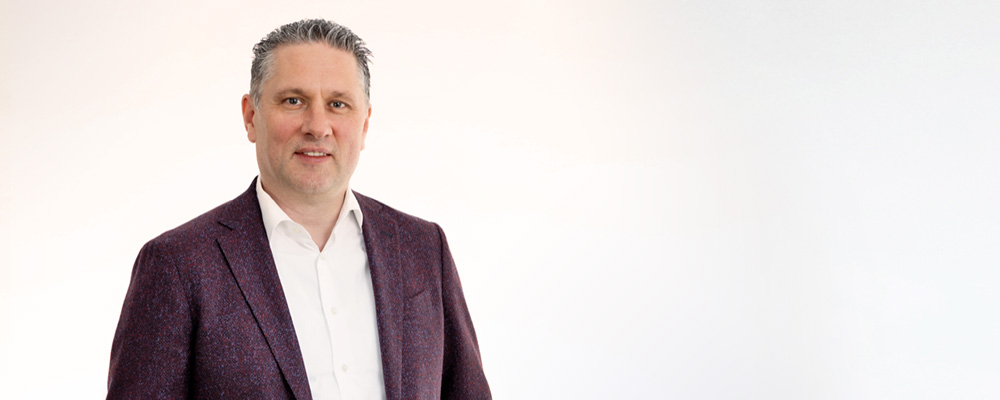Circular Hotel Room.
Based on their expertise in design, architectural consulting, and decarbonisation, RITTWEGER and TEAM offer hoteliers an interdisciplinary solution for sustainable interior design in accordance with the EU Taxonomy through the concept of the circular hotel room.
Sustainable and EU taxonomy-compliant interior design with an experiential character
In Germany, approximately 27,000 new hotel rooms are constructed each year, leading to significant resource and raw material consumption. The disposal of materials used in these rooms at the end of their lifecycle generates emissions and costs. Within the context of a Taxonomy-compliant investment, these emissions resulting from disposal are accounted for in Scope 3 of the Greenhouse Gas Protocol, and provisions may need to be made for future disposal costs. Our concept of the circular hotel room offers a solution by providing a fully reusable interior design without compromising on the experiential and comfort aspects. By transitioning to a circular interior design, we can reduce resource wastage, the destruction of valuable raw materials, and environmental and climate impacts, all while maintaining quality and individuality.
Circular economy in hotel construction is already happening today
The circular economy in hotel construction is not a distant vision of the future but is already achievable today. We are proud to be able to make an active contribution to the sustainable transformation of hotel construction with our concept of “The Circular Hotel Room.” Through the deliberate selection of materials and products that are circular in nature in our Circular Material LAB , we can integrate existing circular furnishing materials and products, thus connecting to existing material cycles and circular concepts. The goal is that at the end of a hotel room’s lifecycle, the materials used can be reclaimed and subjected to a quality-oriented refurbishment and reuse process.

We offer the following interdisciplinary project-related services:
- Design concepts for hotel rooms based on neuro-marketing and storytelling
- Material selection based on materials that meet the Cradle to Cradle Certified® product standard, as well as alternative materials from our Circular Material LAB
- Sustainable performance measurement for all suppliers involved in the process
- Creation of a digital twin for all material data
- Closing the open material cycles with manufacturers
- Creation of a material passport
- CO₂e accounting of the project, calculation of the CO₂ storage potential
- Documentation of compliance with the Lieferkettensorgfaltspflichtengesetzes (LKSG)
- Verification of sustainability claims in accordance with the EU Green Claim Directive
- Communication and PR for the project
Good to know.
EU taxonomy: pointing the way for sustainable construction and investment
The EU Taxonomy is a framework of the European Union that sets unified standards for sustainable investments. It defines criteria for ecologically sustainable economic activities and aims to combat greenwashing. The Taxonomy encompasses six environmental objectives, such as climate protection and the circular economy. It is applied in various areas to promote investments in sustainable projects and establish clear guidelines for companies and investors.
To be classified as sustainable in the future, a company or organization must meet criteria from six overarching environmental objectives: climate protection, adaptation to climate change, sustainable use and protection of water and marine resources, transition to a circular economy, prevention and reduction of environmental pollution, as well as the protection and restoration of biodiversity and ecosystems.
The EU Taxonomy is intended to be applied, for example, in the disclosure of information by companies, in sustainable financial products, and in the promotion of investments in sustainable projects. The EU Taxonomy has been in use since early 2022 for climate protection and adaptation to climate change. Details regarding the other four environmental objectives are still expected. A report suggests expanding the EU Taxonomy to cover non-green activities. There are plans to extend the Taxonomy to include social objectives as well. Laws and standards with sustainability relevance will be based on the EU Taxonomy in the future.







